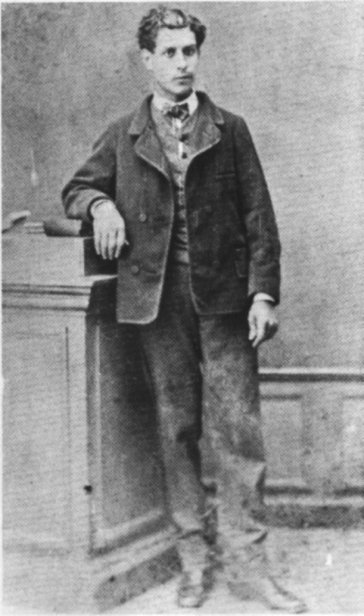
In 1980s London, magickian and poet John Balance – who, with his boyfriend Peter Christopherson, formed the experimental industrial band Coil – conjured Ducasse’s spirit in founding the transient music venue Bar Maldoror. For the surrealists, Ducasse’s (in)famous simile ‘beautiful as a sewing machine and an umbrella on a dissecting table’, dropped their odd hearts to their feet. A spartan silverpoint etching by German artist Hans Bellmer depicts Maldoror (1967) as an anime villain, wearing a petal-shaped cloak.

The author became surrealism’s archangel: André Breton hailed Les Chants de Maldoror’s nightmarish, stream-of-consciousness form as an example of automatic writing artists such as Salvador Dalí and Man Ray (who received a copy from his erudite first wife, the poet Adon Lacroix) illustrated it. Courtesy: Ubu Gallery, New YorkĪ satire of 19th-century realist novels – with the death of Mervyn allegorizing the genre’s demise – Ducasse’s antic poem has often resurfaced. Hans Bellmer, Les Chants de Maldoror, 1967, etching, 41 x 32 cm. Tormented with forbidden longing, he shoots Mervyn and ties his limp body to the Paris Panthéon. Brutality’s nadir, however, occurs when Maldoror encounters Mervyn, a young English rose who enjoys fencing. In pristine waters, he pursues a ‘hideous coupling’ with a shark. Parodying bourgeois contentment, Maldoror cuts his cheeks to create a permanent, satyr-like smile.

Across six cantos of grotesquerie, the eponymous misanthrope ( mal d’aurore translates as ‘dawn’s evil’) flees a policeman’s platinum torch beam and spirals through dream-like realms. In letters to his publisher, dated 1869, Ducasse explains: ‘I have written of evil as Milton and Baudelaire, etc. A strange soul, he wrote only at night, seated at a piano, reciting draft sentences interspersed with chords.Ĭritics contend that Ducasse adopted his pen name due to Les Chants de Maldoror’s obscenity. Ducasse left a single complete work in his wake: a prose poem titled Les Chants de Maldoror (The Songs of Maldoror), published pseudonymously in 1869.

As Prussian forces besieged the city following the capture of Napoleon III, a concierge discovered the poet in his Montmartre hotel room, white as a ghost. Born in Montevideo, Ducasse moved to Paris in 1867, where he died three years later at the age of just 24. Isidore Ducasse, better known as le Comte de Lautreámont, was a French poet with a literary corpus as slight as a will o’the wisp.


 0 kommentar(er)
0 kommentar(er)
